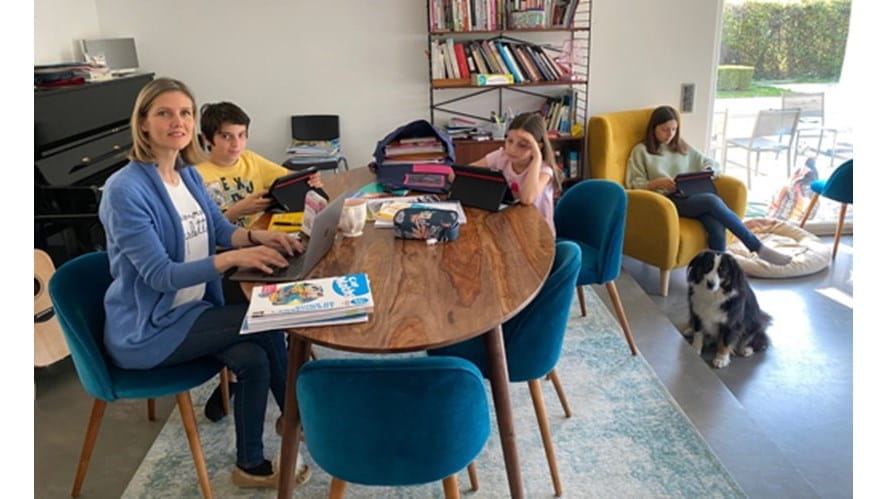We use cookies to improve your online experiences. To learn more and choose your cookies options, please refer to our cookie policy.
Join our Virtual Open House : 3 live sessions - 11th February 2026

Now that we spend 24/7 together as a family, we sometimes find it difficult to keep the communication healthy. We forget to listen to each other, express our frustration that was built up during a busy day of juggling work, chores and children. Relationships are important and especially the relationship with our children. Families grow and become stronger when we focus on those relationships and not on the simple contribution of individual family members. Take it as an opportunity in these challenging times to practice healthy communication skills. Also, children see us as role models. By showing them healthy communication, we will set them up with skills for life.
Listening
Really hearing what is going on for our child, observing their body language (90% of our communication is non-verbal) and even “mirroring back” those feelings to show them that we understand what they are feeling. When we allow those feelings without judgement or criticism, our children will feel valued. We call this “active listening”.
Being a role model
Praising
Using I-messages: what to say when we are upset
Using an “I” message will express our own needs, expectations or feelings in a respectful way to our children. An “I” message can also state positive feelings. An “I” message exists of three parts: description of the specific behavior, description of how we feel and of the effect of the behavior on us. For example: “When I see you playing with your toys while time is up, I get upset because I don’t want to keep the others waiting for dinner,” or “I feel so proud of you offering your help with cooking. I love seeing what a kind person you are.”
The “I” message will not result in modified behavior though. To encourage the desired behavior, after using the “I” message we need to:
Problem exploration
Giving children this quality time and attention is one of the most important things we can give them. This does not mean we need to give them constant attention, it means that when we spend time together, we try to be present, listen actively and communicate healthy. Spending quality time together will strengthen our relationship, it will build children’s self-esteem and help them regulate their emotions.
(credit: free content from centerforparentingeducation.org)
Submissions are sent to us, not posted here.